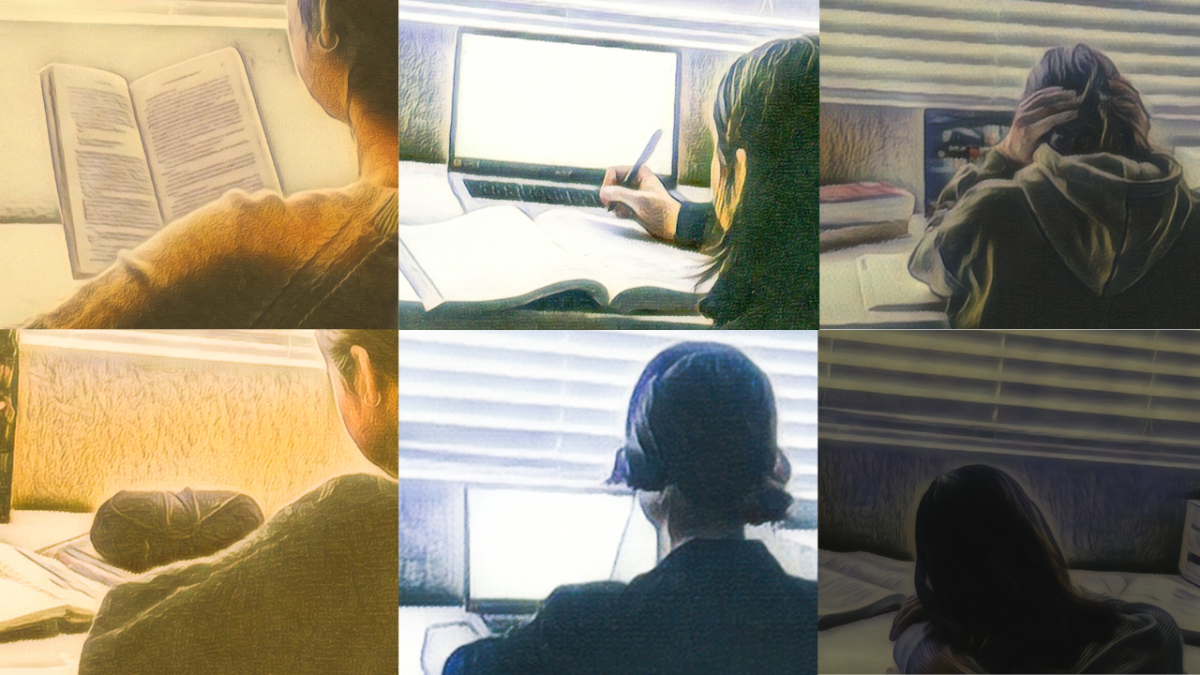In recent years, the term “gaslighting,” coined from the 1938 British play Gas Light, has become more generalized and widely used in public vocabulary. Used to describe a form of manipulation, gaslighting causes a person to question their perception of reality, memories, and cognizance. This tactic can be found in numerous settings, from intimate relationships to politics. As the awareness of gaslighting becomes more apparent, experts in the field of psychology are insisting on more research on its effects and ways to identify it.
By definition, gaslighting is the action of repetitively lying to someone to manipulate and control them. There are four different types of gaslighting, let us break it down:
- Outright Lies: “They are jealous of me; that’s why they make up lies and gossip about me.” Individuals who use this tactic are often seen frequently and easily lying. These lies are used to create feelings of mistrust and doubt in the relationship. Often, these individuals project their actions and feelings (lying and manipulation) onto the person they are lying and manipulating. This type of gaslighting is very useful in isolating the victim from the truth and their support systems.
- Manipulation of Reality: “You never remember anything correctly; you should see a doctor about this.” When someone constantly denies your recollection and perception of events. As this manipulation of reality continues, you become less self-confident in your judgment and mental well-being. Over time, you will question your memory, interpretations, and perceptions. This type of gaslighting usually pairs with unnecessary affirmations, sensitivity, and praise from the perpetrator. This masking is due to the fear of losing the person they are gaslighting and allows them to continue this abuse for a prolonged period. The constant switch between hot and cold periods of behavior causes a question of whether your behavior was too harsh or uncalled for.
- Scapegoating: “It’s your fault I’m feeling like this; you never understand me.” Blaming the second party allows the individual to remove themselves from responsibility and attention. Healthy relationships have honest criticism and useful feedback; however, by always blaming the second person, the second person is always attempting to improve themselves in some way to please the first party. This creates deep roots of mistrust and shame in the second party.
- Coercion: “If you don’t start working longer hours, the company will have no option but to replace you.” Coercion is convincing someone to do something, either through charm or bullying. Often, the gaslighter uses something important to the victim as a form of leverage to convince the victim to do what the gaslighter wants. https://www.sacap.edu
“Gaslighting happens more often than not, sometimes even on a regular day basis. I wouldn’t be surprised if gaslighting happens subconsciously as a defense mechanism,” says Delaney Haye (12).
The biggest step in removing yourself from a situation that includes gaslighting is acknowledging that this type of manipulation is present in the current relationship. Recovering from gaslighting, especially an intense form, takes time, lots of self-care, learning to love yourself, and trust your judgment. Reaching out to health care professionals, such as psychologists who can provide therapy, are also helpful ways to heal.



























